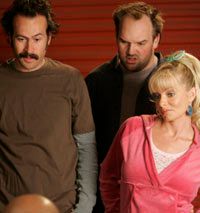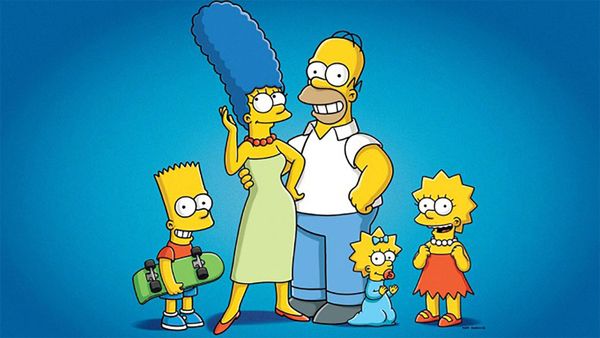Great concepts transform into great shows when the story is engaging and unique. Often, what makes the story engaging and unique are its characters. Typically, most stories have four central characters: the hero, the anti-hero, the love interest and the buddy. Think of "Scooby-Doo," "Buffy the Vampire Slayer," "Will & Grace," "Heroes," "My Name is Earl." They all have these four central characters or at least build on this template. In some cases, the peripheral characters are so well drawn that they end up becoming central characters. Some examples are the Fonz ("Happy Days"), Darryl and his other brother Darryl ("Newhart") and Mr. Big ("Sex and the City"). In short, well written, quirky, lovable and ultimately believable characters keep people watching a show.
In addition to these four main characters, most stories follow a basic scenario — usually something is desired or needed, obstacle prevents it, the hero prevails and gains insight. Because it is extremely important to immediately capture the reader's (and potential viewers') attention, you'll want to present the conflict right away. And remember — the story should be well structured, with a clearly defined beginning, middle and end.
After you've identified the central characters, you'll need to assign some type of plotline. A plotline is essentially the main action of the story — why the characters exist and why folks would want to watch them. A good example can be found in "My Name is Earl." In the very first episode, the plotline was presented as a teaser, a short, funny bit shown just before the theme song and title of the show. The audience was introduced to Earl, a petty thief who gets run over by a car and becomes convinced that karma is at play in his life. So he makes a list of his wrongdoings and sets out to reverse his karma by making things right, one person at a time. All of this was effectively conveyed to the audience in a scant few minutes before the show's opening credits.
To push the concept forward, you'll need to put it together in a readable or tellable version. You can do this in several ways. One such way is by writing a script. A script is a fully fleshed-out narrative that includes detailed character development, descriptions of the environment and physical direction for the characters. It is written in a specific format to include scenes, movement and dialogue.
While a script is a detailed account of the story, including character development and dialogue, a treatment is a descriptive outline of the show's concept. A treatment is usually very brief, often fewer than five pages for a 30-minute sitcom or hour-long drama. It highlights an interesting hook (something that grabs attention), a great plot twist (an unexpected turn in the storyline) and a big payoff at the end (a cliffhanger or "aha" moment that makes viewers want to watch the next episode). Many networks prefer a treatment to a script because it might give the network an opportunity to have more control over the idea. A big part of a successful treatment is a great title. It should catch your attention, make you wonder what the show is about and make you want to watch it. Think "Pushing Daisies," "Desperate Housewives" and "Sex and the City."
Next, you're going to need to condense the concept even more, into a logline.


